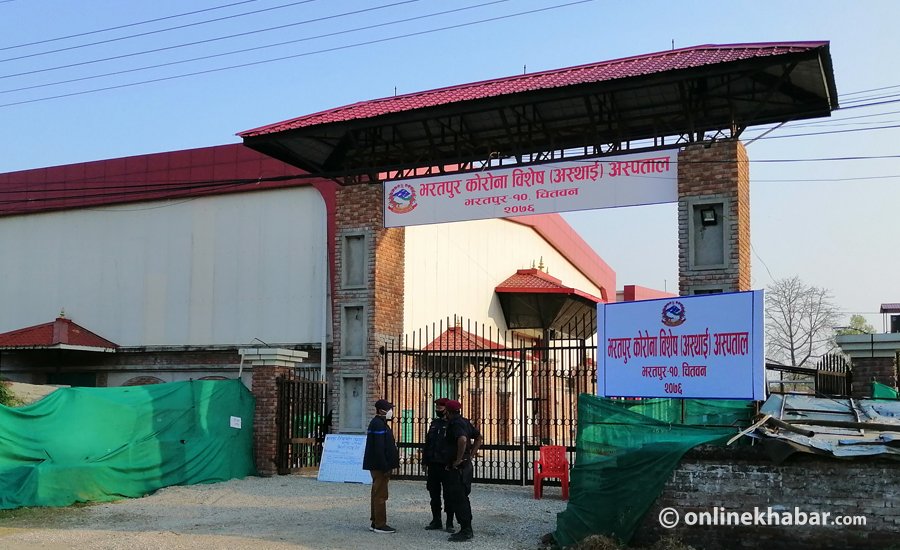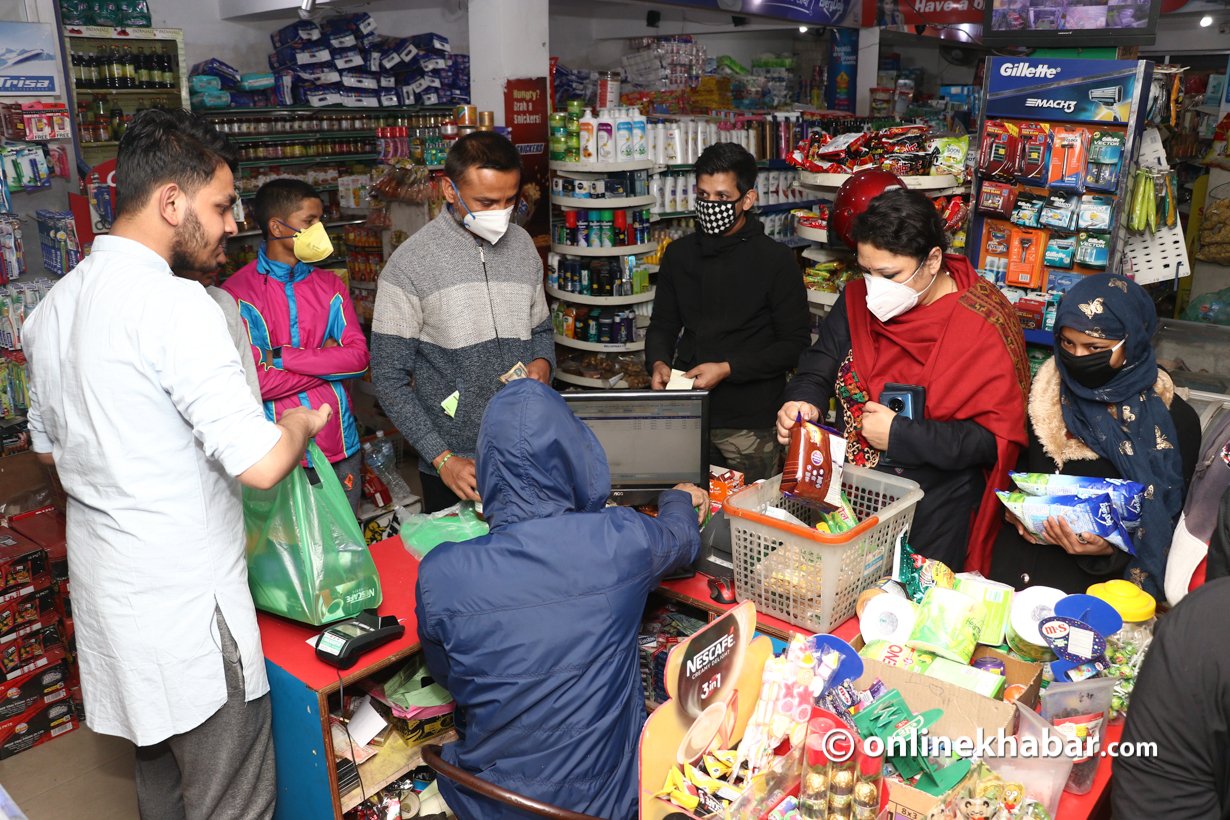
The global death toll from the coronavirus pandemic continued to worsen Wednesday despite unprecedented lockdowns, as the head of the United Nations sounded the alarm on what he said was humanity’s worst crisis since World War II.
The warning came as Donald Trump told Americans to brace for a “very painful” few weeks after the United States registered its deadliest 24 hours of the crisis.
The number of deaths on Wednesday topped 4,000, twice the 2,010 recorded late Saturday, Johns Hopkins data showed.
Around half of the planet’s population is under some form of lockdown as governments struggle to halt the spread of a disease that has now infected more than 840,000 people.
Well over 40,000 are known to have died, half of them in Italy and Spain, but the death toll continues to rise with new records being logged daily in the US.
“This is going to be a very painful — a very, very painful — two weeks,” the president said at the White House as he described the pandemic as “a plague.”
“I want every American to be prepared for the hard days that lie ahead.”
America’s outbreak has mushroomed rapidly. There are now around 189,000 known cases — a figure that has doubled in just five days.
On Tuesday, a record 865 people died, according to a tally kept by Johns Hopkins University.
Members of Trump’s coronavirus task force said the country should be ready for between 100,000 and 240,000 deaths in the coming months.
“As sobering a number as that is, we should be prepared for it,” Anthony Fauci, the nation’s top infectious disease expert.
America’s under-pressure health system is being supplemented by field hospitals sprouting up all over New York, including a tented camp in Central Park, a hospital ship and converted convention centres.
But even with the extended capacity, doctors say they are still having to make painful choices.
“If you get a surge of patients coming in, and you only have a limited number of ventilators, you can’t necessarily ventilate patients,” Shamit Patel of the Beth Israel hospital said. “And then you have to start picking and choosing.”
DEEP RECESSION FEARED
The extraordinary economic and political upheaval spurred by the virus presents a real danger to the relative peace the world has seen over the last few decades, UN Secretary-General Antonio Guterres said Tuesday.
The “disease… represents a threat to everybody in the world and… an economic impact that will bring a recession that probably has no parallel in the recent past.”
“The combination of the two facts and the risk that it contributes to enhanced instability, enhanced unrest, and enhanced conflict are things that make us believe that this is the most challenging crisis we have faced since the Second World War,” he said.
In virtual talks Tuesday, finance ministers and central bankers from the world’s 20 major economies pledged to address the debt burden of low-income countries and deliver aid to emerging markets.
Last week G20 leaders said they were injecting $5 trillion into the global economy to head off a feared deep recession.
In the European Union, however, battle lines have been drawn over the terms of a rescue plan.
Worst-hit Italy and Spain are leading a push for a shared debt instrument — dubbed “coronabonds.”
But talk of shared debt is a red line for Germany and other northern countries, threatening to divide the bloc.
Deaths shot up again across Europe. While there are hopeful signs that the spread of infections is slowing in hardest-hit Italy and Spain, more than 800 new deaths were reported on Tuesday.
France recorded a one-day record of 499 dead while Britain reported 381 coronavirus deaths, including that of a previously healthy 13-year-old.
That came after a 12-year-old Belgian girl succumbed to an illness that is serious chiefly for older, frailer people with pre-existing health conditions.
‘WE NEED HELP NOW’
While many companies and schools around the globe have shifted to teleworking and teaching over video platforms, huge swathes of the world’s workforce cannot perform their jobs online and are now lacking pay and face a deeply uncertain future.
The economic pain of lockdowns is especially acute in the developing world.
In Tunisia several hundred protested a week-old lockdown that has disproportionately impacted the poor.
“Nevermind coronavirus, we’re going to die anyway! Let us work!” shouted one protester in the demonstration on the outskirts of the capital Tunis.
Africa’s biggest city Lagos was set for its second full day of lockdown on Wednesday — but with some of the world’s biggest slums, home to millions who live hand-to-mouth, containment will be difficult.
“There is no money for the citizens,” said engineer Ogun Nubi Victor, 60.
“People are just sitting at home, with nothing to eat.”
The post Coronavirus worst crisis since WWII, UN boss says as deaths surge appeared first on Reporters Nepal.


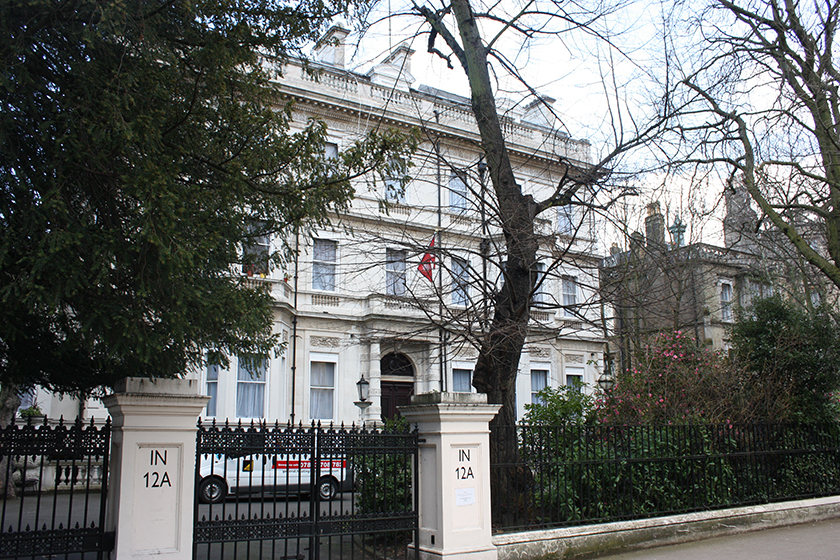
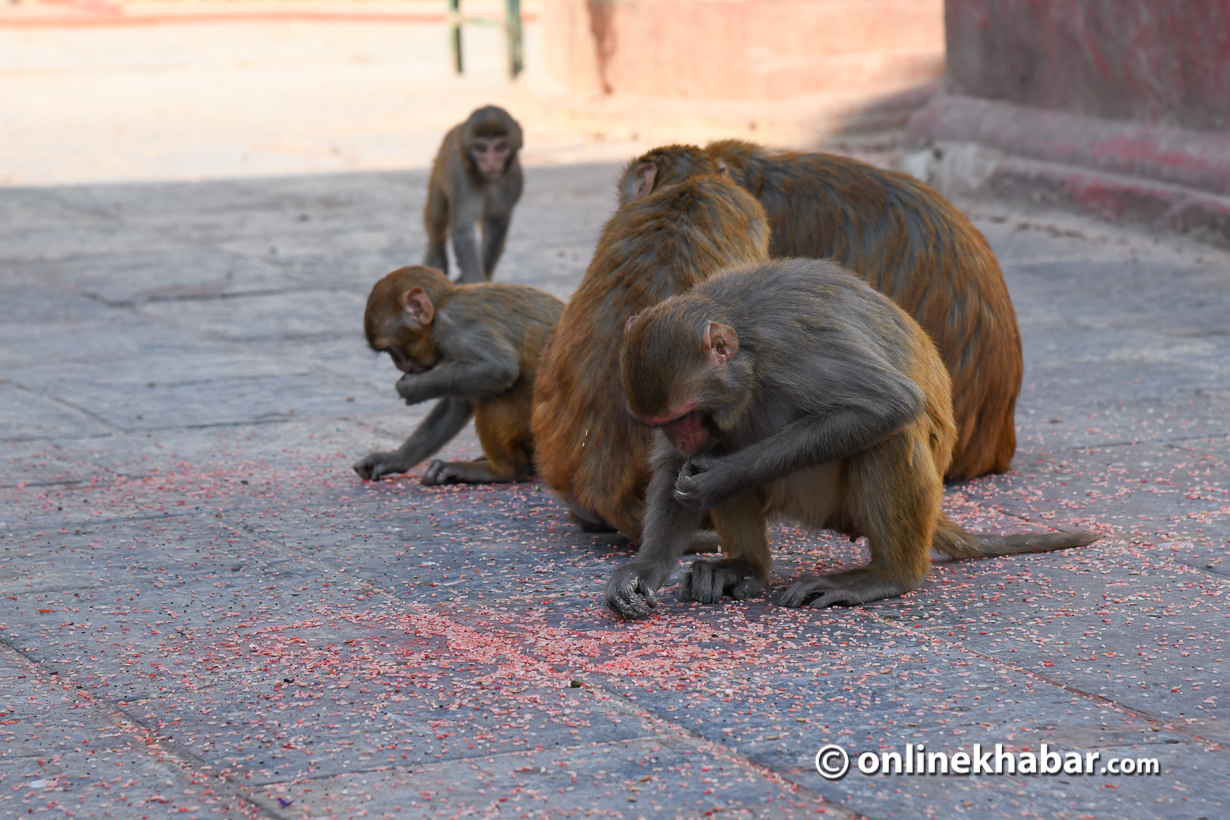


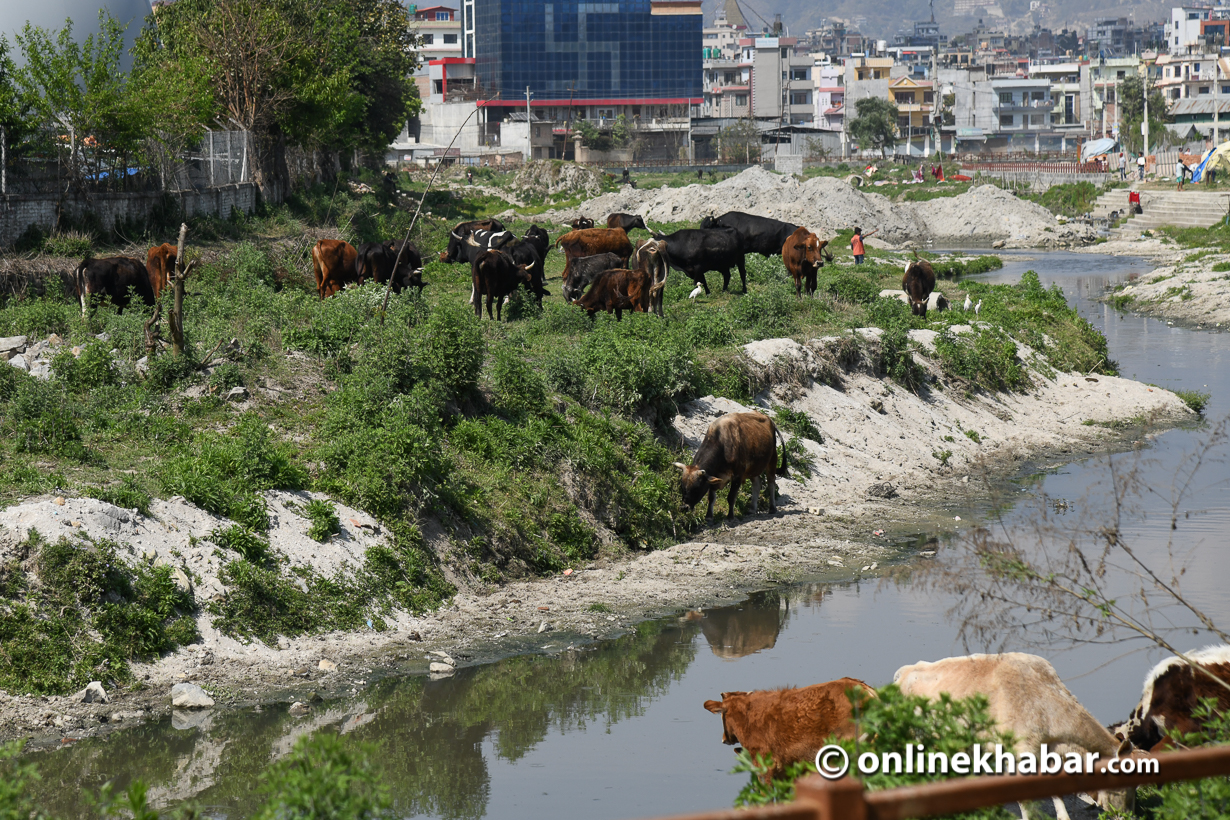
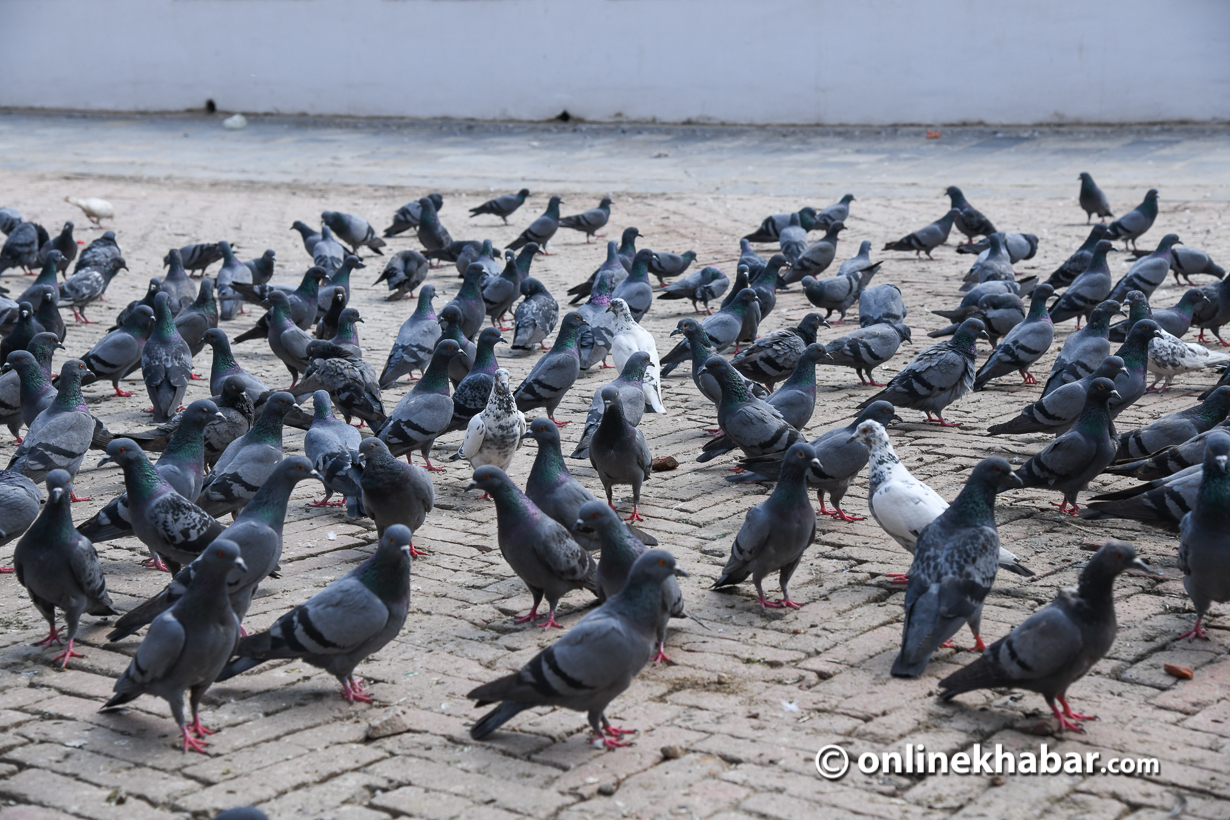

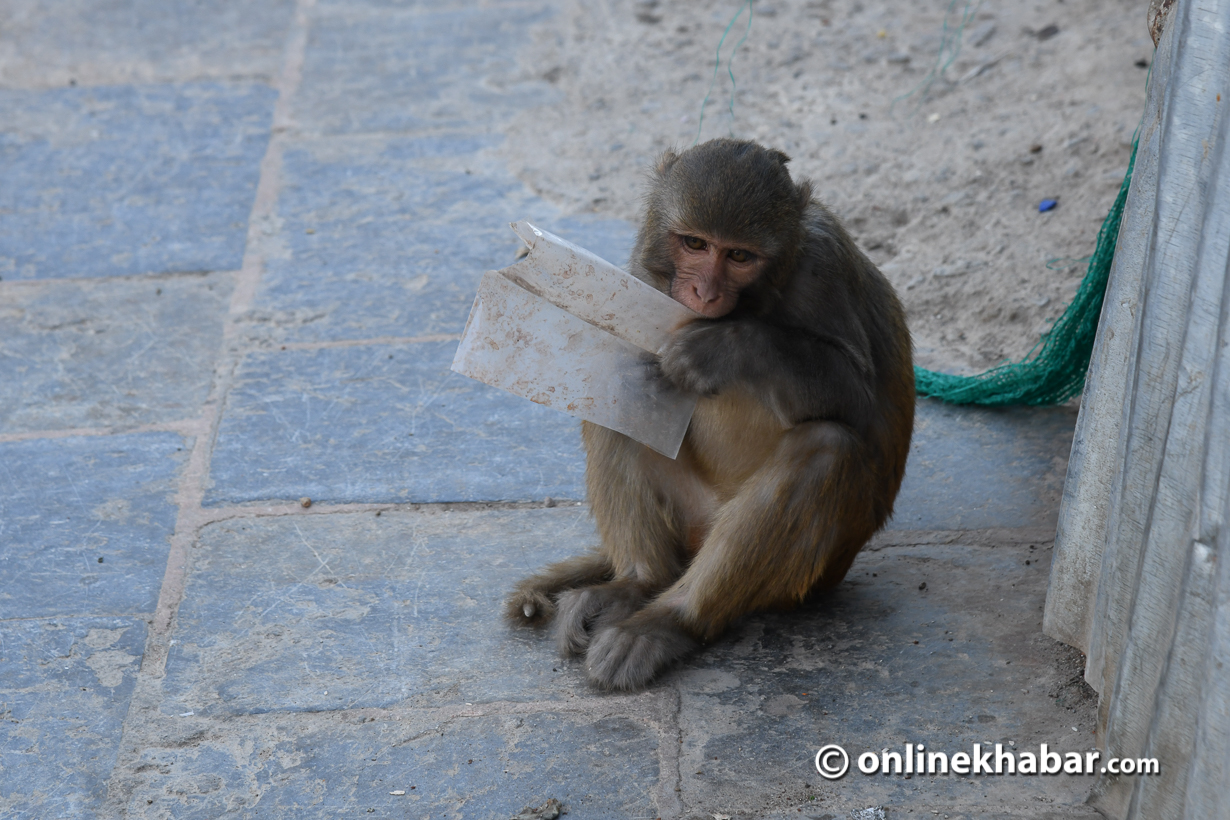
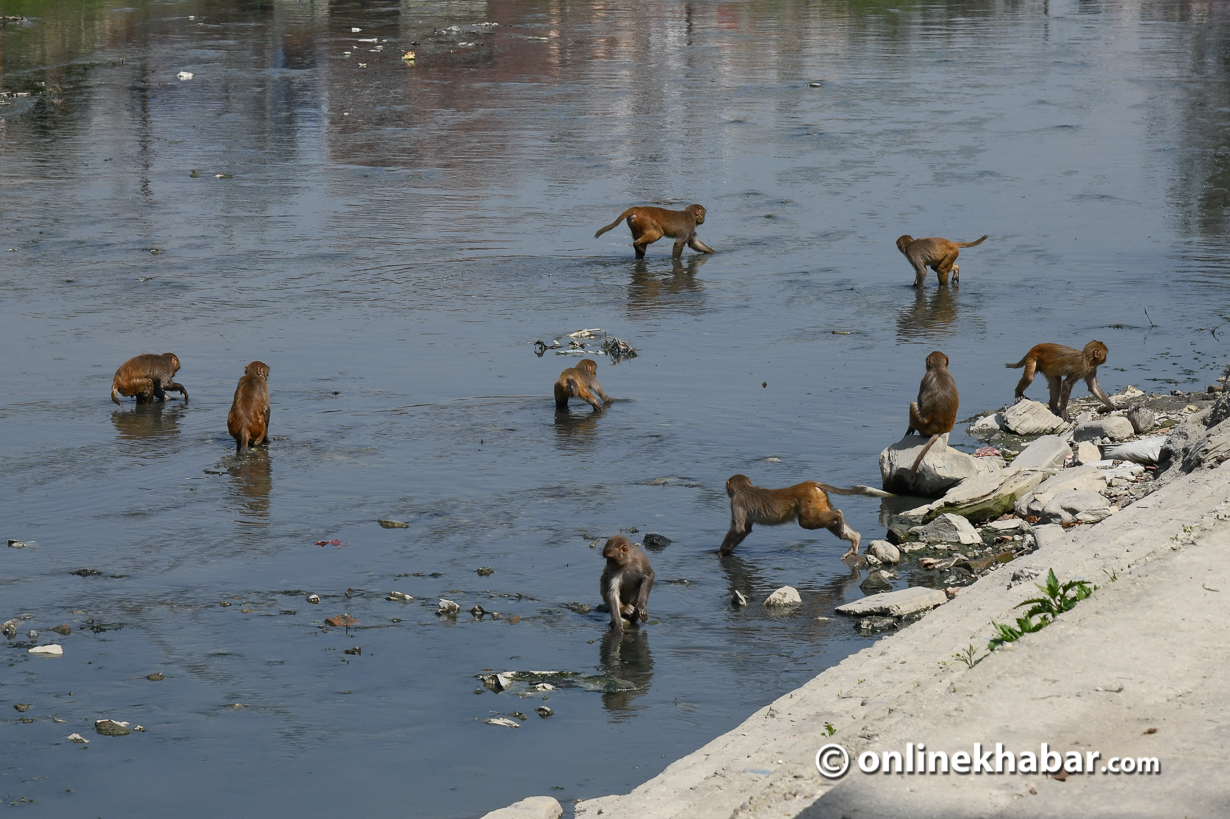

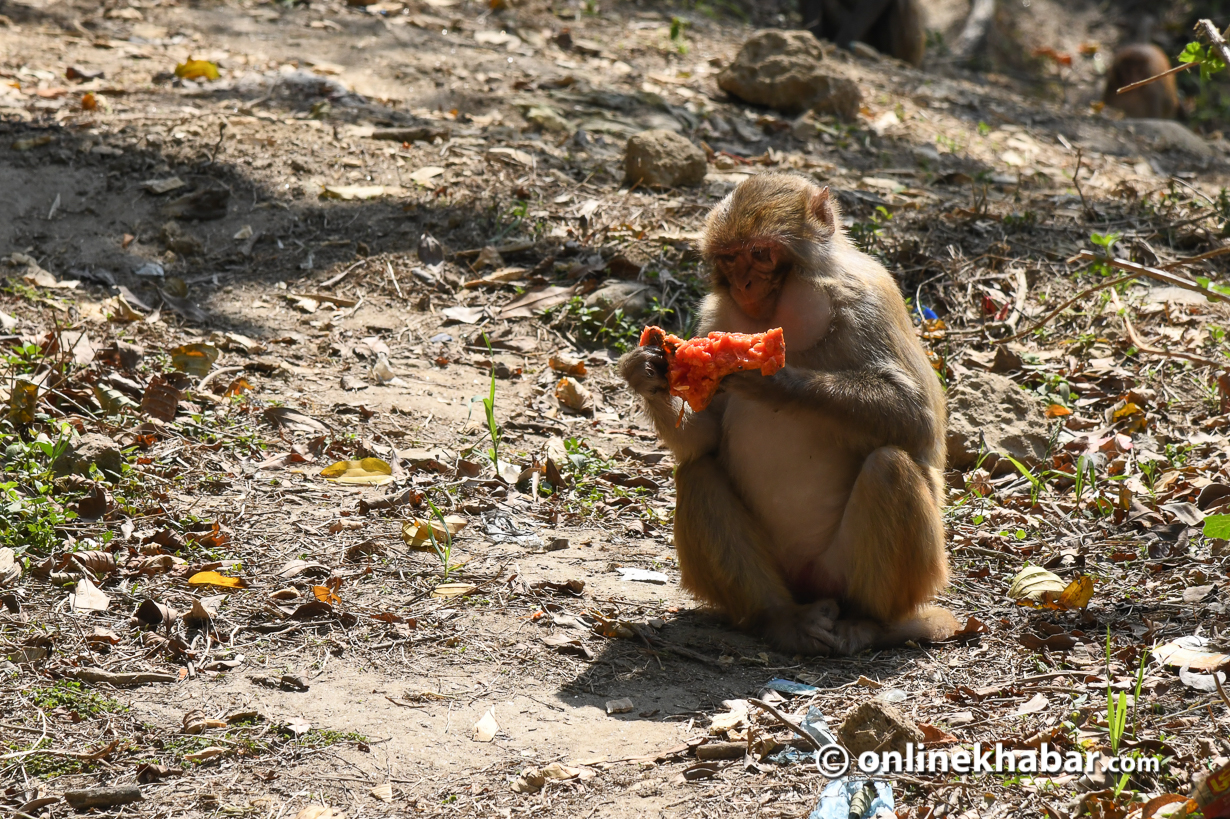

 Reading habits in the 21st century have changed significantly with an exponential use of the internet. People are more dependent on hypertexts and hypermedia. Such dependency has been more visible on children who are using their (parents’) smartphones and laptops as sources of information. However, how the children grasp knowledge and the sources of information is still a critical issue as children are more susceptible to digital addiction with explicit usage of their gadgets.
Reading habits in the 21st century have changed significantly with an exponential use of the internet. People are more dependent on hypertexts and hypermedia. Such dependency has been more visible on children who are using their (parents’) smartphones and laptops as sources of information. However, how the children grasp knowledge and the sources of information is still a critical issue as children are more susceptible to digital addiction with explicit usage of their gadgets.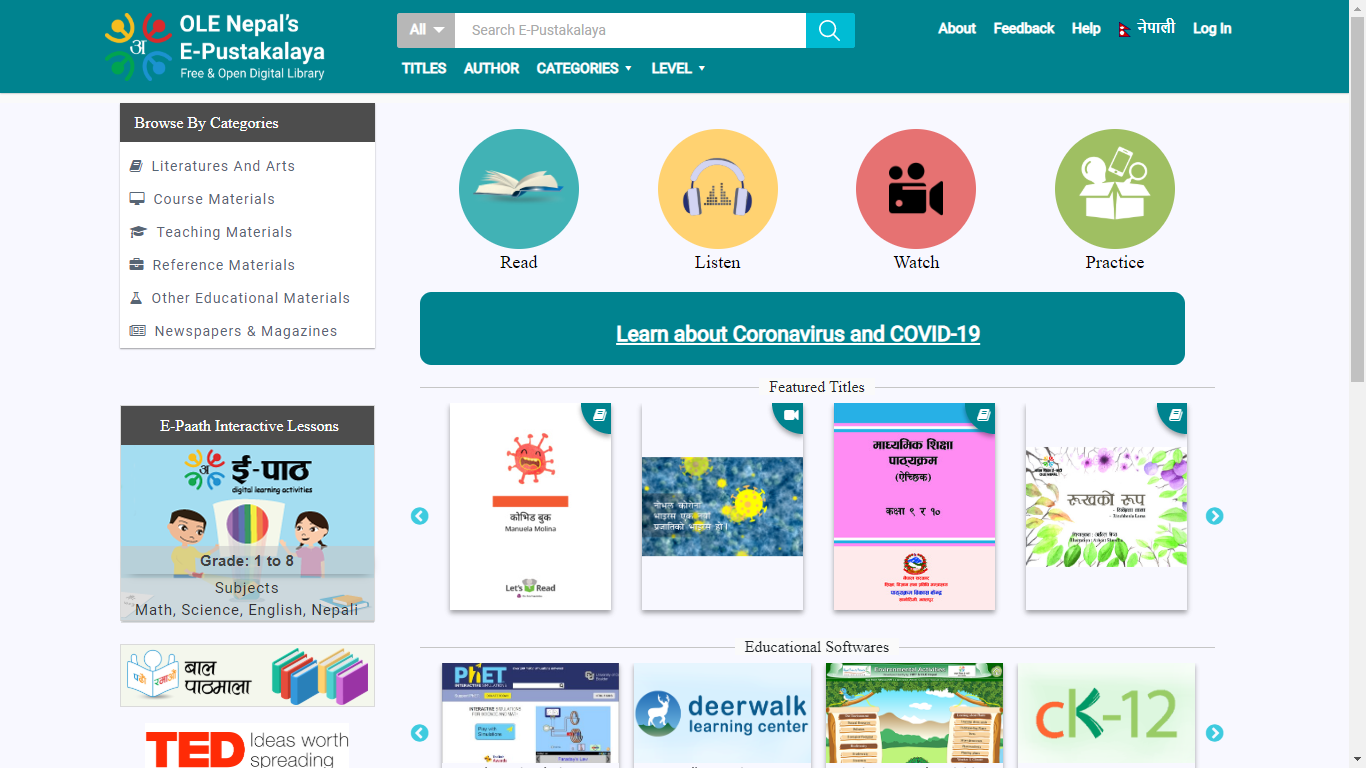






 As of March 31, 2020 (3:32 GMT), the global spread of Covid-19 said to be caused by the SARS-CoV-2 (the novel coronavirus) has reached 697,244 people with death counts of 33,257 individuals, according to the
As of March 31, 2020 (3:32 GMT), the global spread of Covid-19 said to be caused by the SARS-CoV-2 (the novel coronavirus) has reached 697,244 people with death counts of 33,257 individuals, according to the 